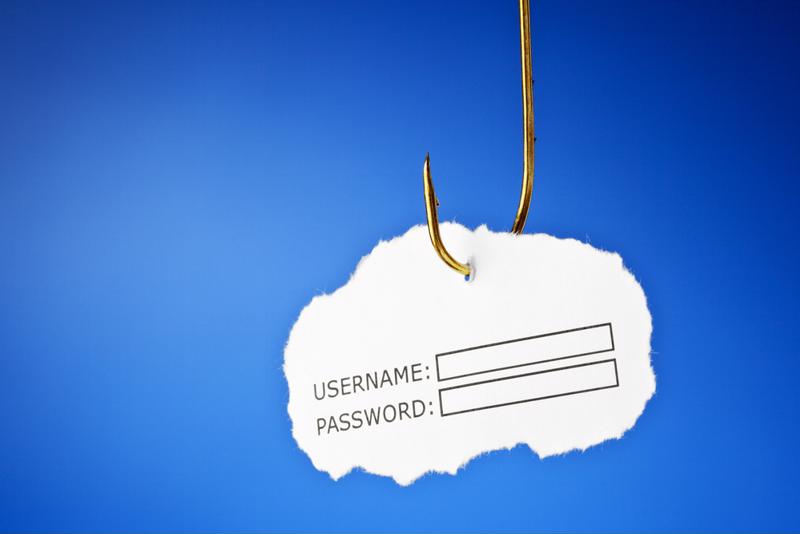Mitigating disaster risk and downtime for hospitals
In July 2018, Blount Memorial Hospital in Tennessee had a nightmare experience. Their electronic health records (EHR) system was offline for three days. During that time, 90 doctors were unable to access patient records.
Appointments were canceled. People didn’t receive care.
When the whole thing was said and done, the hospital’s board of directors made the decision to invest in a $30,000 backup system to ensure nothing like that would ever happen again.
What’s at risk
Hospitals and other medical services businesses are in a unique position when it comes to disaster recovery and downtime readiness. This isn’t just a matter of lost profits, damage to your reputation, or inconvenience for your employees and customers. The health and wellness of people are at stake.
As a result, every kind of medical services provider has an obligation to go above and beyond to mitigate the risk of downtime and prepare for possible disasters.
Practical measures
In advising these businesses about disaster recovery, the core of our standard advice is the same for hospitals, physician practices and other medical businesses. Prepare. Don’t just wait for disaster to strike. Have a plan.
When it comes to the medical industry, there are specific forms of preparation that are uniquely important. Below are some of the things medical providers should do to lower the risk of downtime and prepare for outages.
Expect downtime
First and foremost, let go of any expectation that downtime won’t happen to you. Your hospital isn’t exempt. Your office isn’t the exception. Downtime happens to just about every business. It can (and will) happen to yours.
That’s an important step in preparation because you won’t take a disaster recovery and downtime plan seriously if you think you’ll never have to use it.
Create a communications plan
A communications plan is essential for any disaster recovery plan. Your doctors and staff need to know whom to contact, how communications will be conducted, which channels will be used for what purpose, and what communication activity is most essential in the event of downtime.
Be specific. Spell out exactly who should be in contact with whom, and make sure everyone knows the plan well ahead of time. Update it when you have changes in your system, your policies and in your personnel, if appropriate.
Develop a downtime toolkit
Downtime toolkits “contain paper copies of clinical documents and procedures to follow when their EHR is not available.” A downtime toolkit may also include a read-only database of patient records as an emergency backup system.
This is a critical resource, but one that absolutely requires the help of an IT consultant. A doctor’s office that deals in non-emergency care may not need a full downtime toolkit, but every hospital should have some kind of system for continuing to provide healthcare, even if the entire local network goes offline.
Consider an on-site fallback generator
On-site generators can help in situations where a power outage is to blame for downtime. However, power outages are only one of several things that can take an IT network offline. While an on-site generator certainly makes sense (particularly for critical care facilities), this alone will not protect your hospital from every form of downtime.
Perform downtime drills
EHR simulation drills will give you an idea of how prepared your hospital’s staff are, and they will give your staff a chance to understand and experience what to expect when the real thing strikes.
As a recent article in EHR Intelligence notes, “Strategizing to fill gaps in care that crop up during EHR downtime simulations can help to reduce the risk of slowdowns, delays, threats to patient harm, or billing problems during real instances of EHR downtime.”
Enlist some help
Finally, no hospital should be without professional help when it comes to downtime readiness and a disaster recovery plan. If your in-house IT department isn’t fully prepared to take on this crucial task, find an IT consultant with experience supporting the healthcare industry to help you and your team.
With the right preparation, downtime won’t stop your hospital or medical practice from providing the care your patients rely on.

 IT workers are very often overworked.
IT workers are very often overworked. Having too many people in the ER is a waste of time and resources.
Having too many people in the ER is a waste of time and resources. Sometimes, accessing private information is as easy as asking for it.
Sometimes, accessing private information is as easy as asking for it.
 Medical instruments and pharmaceuticals are given value based on how they’re used to improve outcomes.
Medical instruments and pharmaceuticals are given value based on how they’re used to improve outcomes. Companies that work with payment card data need to make sure their hybrid cloud deployments are secure and compliant.
Companies that work with payment card data need to make sure their hybrid cloud deployments are secure and compliant. Shadow IT is creating cybersecurity vulnerabilities for enterprises.
Shadow IT is creating cybersecurity vulnerabilities for enterprises.